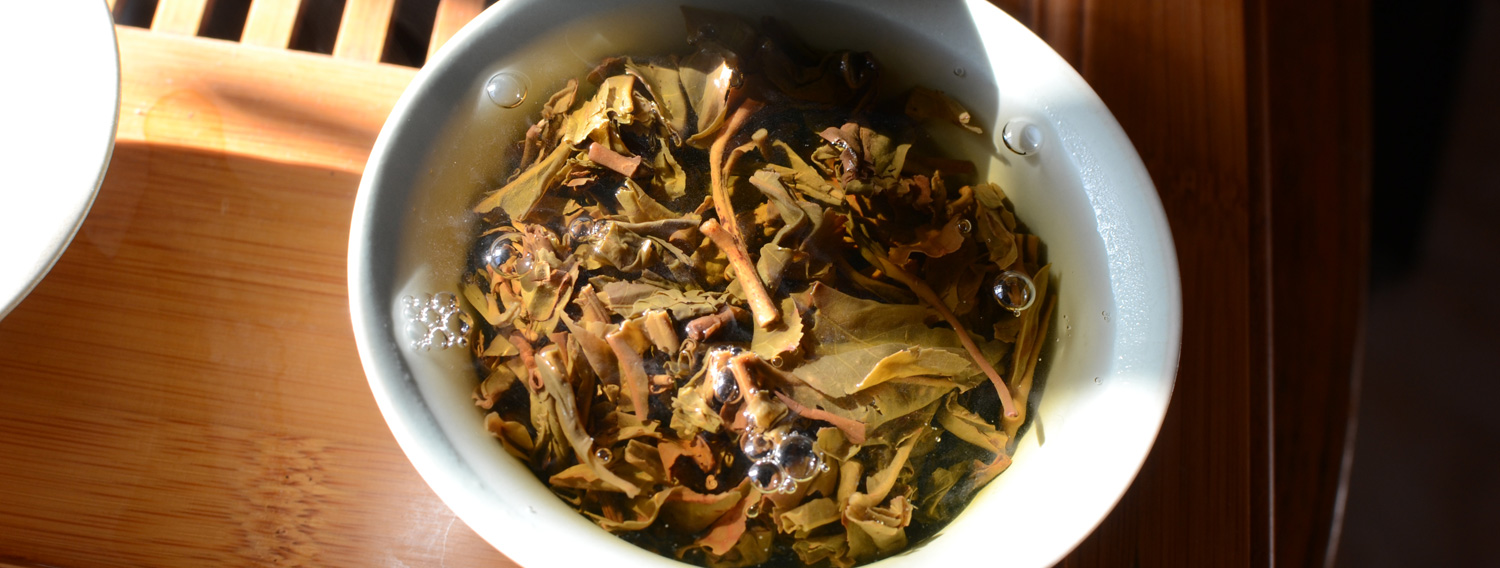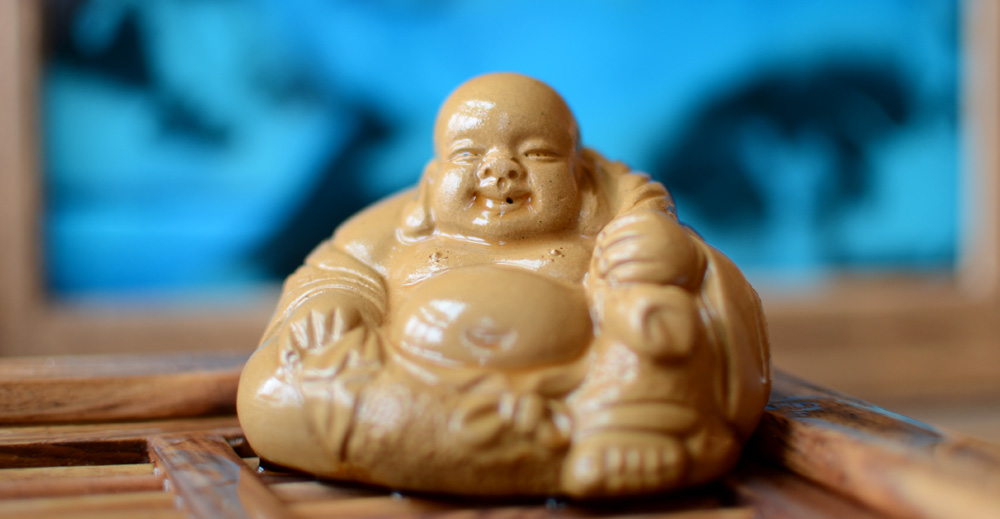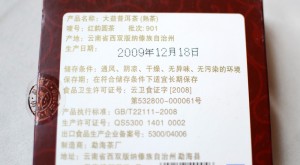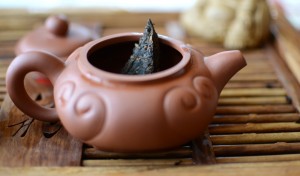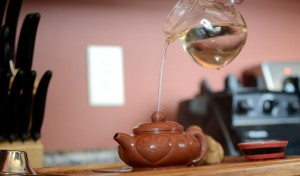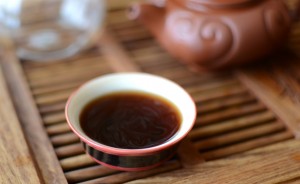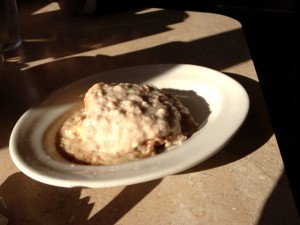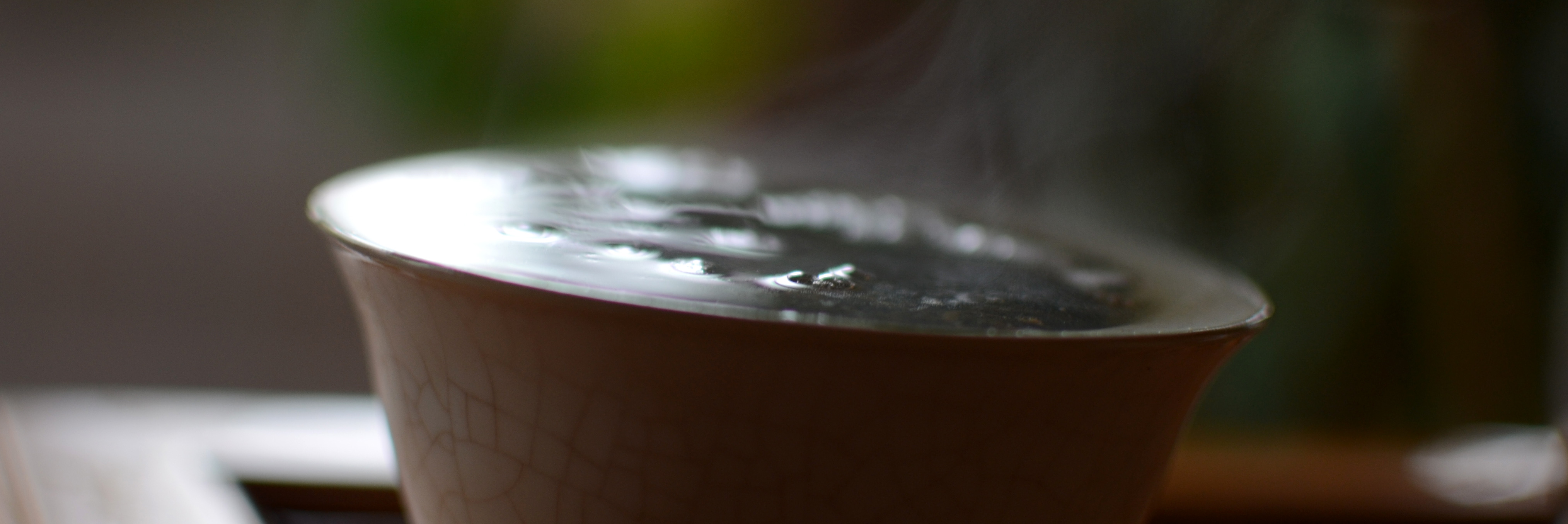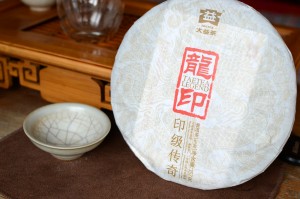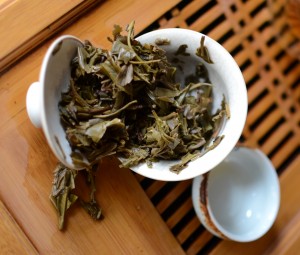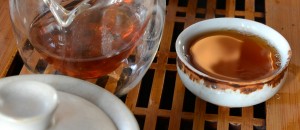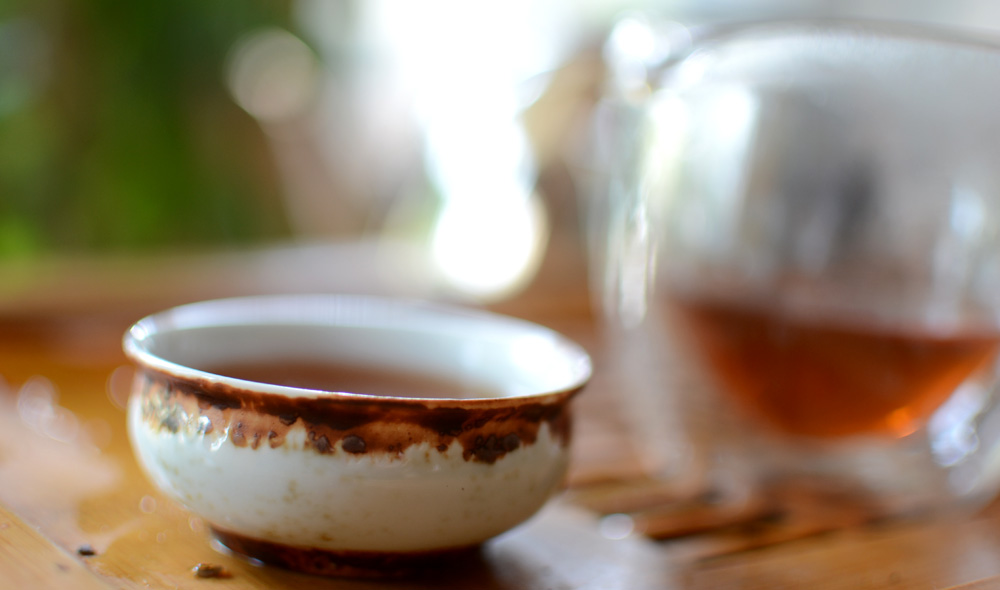Dayi Purple
This generous sample was sent over by Apache, and it spent a long time in my sample bin before making it to the gaiwan, and an even longer time in my draft posts before leaping on to the tea blog. Recently some people have been stirring the online marketing pot for a new production of purple Dayi, so what better time to review this old classic from 2003?

Lately a lot of Dayi chit chat has been flung around on various forums where i lurk, most of which is speculating on the prices of Dayi for 2013. Hkteaforums, home to the most Dayi loving folk on our fine planet, has some particularly egregious Dayi butt licking. How many of these people are adbots is a mystery, but it seems that anyone who is excited about paying over $30 for 2013 7542 (China taobao price) must be on the payroll. With at least a few nifty plantation teas with 5 years of age abound for that price, I am hard pressed to think of reasons to buy 7542, which is just a plantation blend after all.

The 2003 hunk i have is full of buds, and tightly packed. The small pouch poofed a sweet soft smell upon opening. After a rinse there was trace of smoke, which dissipated after the first steep.
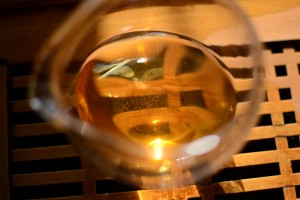
Sweetness was lingering throughout the session and most youthful abrasiveness had been smoothed out, with only a little tooth remaining.

The purple dayi gave out around the 8th steep, which is to be expected from most plantation factory productions.
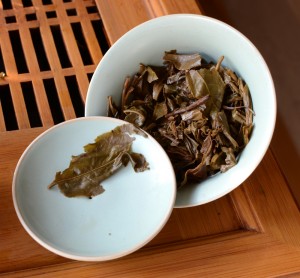
The Purple Dayi was a very enjoyable session and Apache footing the bill for the sample allowed me to distance myself from the cost of this very dear cake. My advice would be to shovel some coal in your time machine and travel back to a time when this cake was cheap, rather than buy it now. But, if you are going through that much trouble, you might consider warping back a few more years and buying old arbor Guafengzhai and Apple stock in the 90’s instead.
